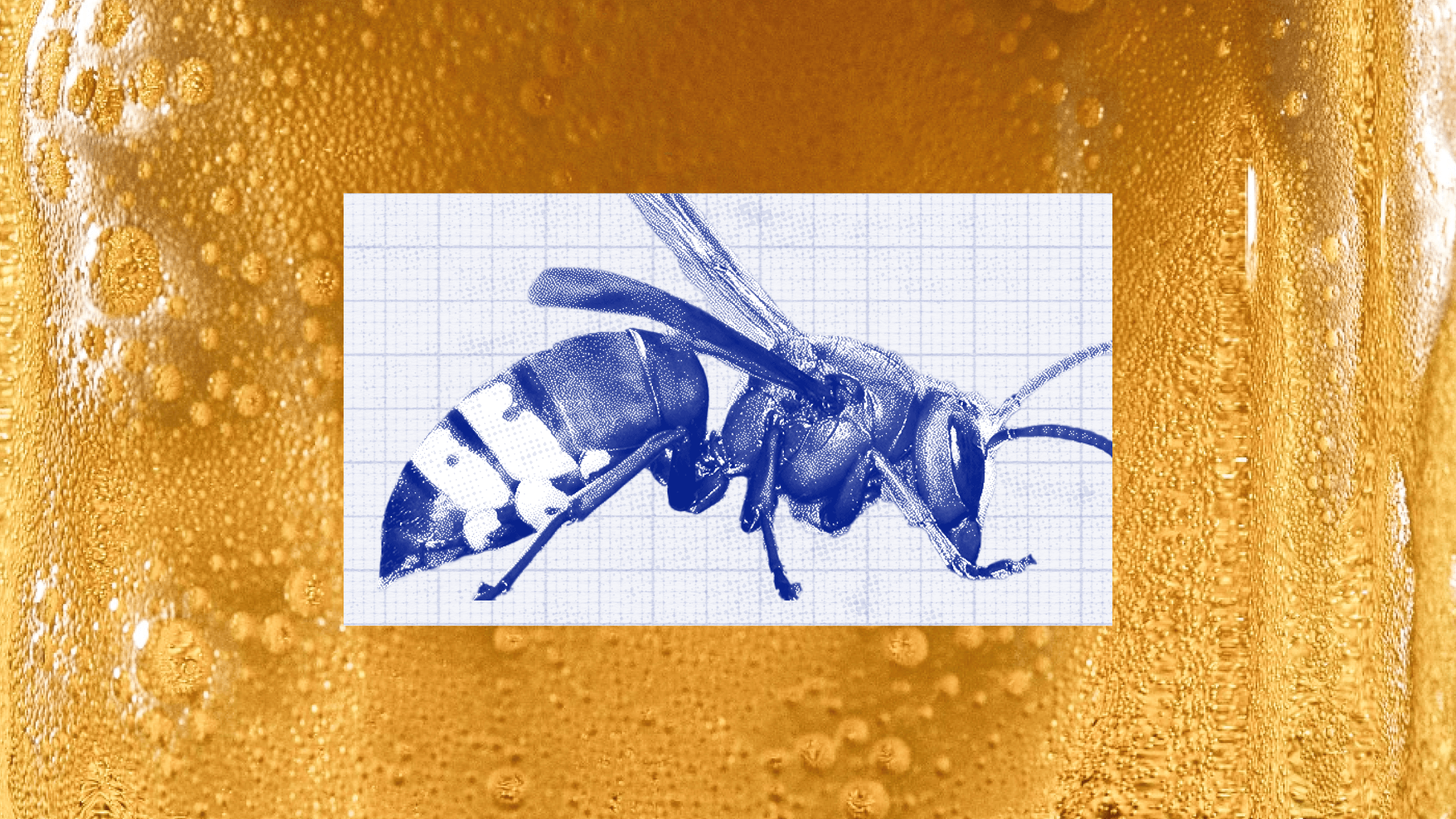New York Times best-selling author, investment banker, and Grammy-award winning jazz producer Kabir Sehgal returns to Big Think to chat about lessons in his book COINED: The Rich Life of Money and How Its History Has Shaped Us.
Did you know that just the thought of money causes your brain to react in ways similar to being high on cocaine? There have been myriad studies conducted over the years on the psychology of money. Here, Sehgal offers a highlight reel of some of the most notable findings.
Kabir Sehgal: So, I looked at the topic of what's happening in the brain when we deal with the money. And there's a part of the brain that activates — it's called the nucleus accumbens. It's deep within the sort of evolutionary, the oldest part of the brain. And they compared people who make money to those who are high on cocaine. And remarkably the brain scans were almost identical because there was activation in this part of the brain called the nucleus accumbens. They also looked at brain scans of the people who are high looking at naked women, dead bodies and money. And what got the most activation? It was money. So money obviously acts as a neural stimulant and it makes us act in very sort of irrational ways. And so the part of the brain that lights up, again the nucleus accumbens, keeps on firing and firing and firing and obviously money excites us.
The nucleus accumbens is part of the reward center in the brain and it's part of the brain that activates when you're excited, when you're aroused, when you're feeling happiness or even joy.
There's many parts of the brain that activate when using money, but this is where it's concentrated, where we process rewards. And brain scientists have been able to scan your brain and they say okay you can invest in a stock that's more risky, a conservative bond, or something that's got no option at all like cash. And so they find that if there's activation in the nucleus accumbens, you're more likely to take the riskier option, meaning you're more likely to choose a stock. Where if there's activation in the insula, which is the anxiety center of the brain, you're more likely to be risk-averse and you're taking on investing in the bonds. So what they find is that obviously what happens in the brain can predict what your financial decision is.
Decision-making, our financial decision-making is what's made in what's called the sub cortical region below the neocortex, what we all know as the subconscious level. For example, when you sit outside on a sunny day, you're more likely to tip more for the waiter. You feel like you're in a better mood. The sun affects you and you tip more money, whereas if you sit inside, you tip less money. So researchers went back and looked at this and they said well one thing that we have really good data on are weather patterns over the last 80 years. We also have really good data on stock market prices over 26 countries. And they found that, sure enough, over 80 years that the markets were up considerably, annualized over 25 percent on sunny days versus those cloudy days. So it goes to show you that our brains are constantly being bombarded by all kinds of effects, the weather. I service investors for a living and I've never heard of professional investor say, "Hm, how does the weather make me feel? How should I invest?" But it's clearly having an impact on us. So, the takeaway here is we should be mindful of how money has a physiological change on us. So when I mention the word money to you, the thought of making money increases your skin conductancy. You're getting excitement from it. So a takeaway is just to be mindful that a lot of our financial decision-making are being made even when we don't think we're making them. Money is having an imperceptible effect on us.
One of the things that research finds is that when they flash the price of an object to you, the part of your brain that activates is the prefrontal cortex, meeting the part of the brain that sort of makes us human, the part that evolved to give self-awareness and reflection. So when we see the price, that part of the brain activates. And when the price is too expensive the insula activates, which is again part of the fear center. And when you make a bad financial decision, you may feel in your gut and there's actually a reason for that because there's a cell called a spindle cell. And there's some spindle cells in your stomach and they're connected to your insula in the brain. So when you make an irrational financial decision, when you put money in that stock and it falls precipitously, you feel it in your insula; you feel like in your gut that oh my gosh — that's a neurological mechanism. And so increasingly I think we're going to be seeing neuroscientists, they'll be able to forecast our financial decision-making based on what's happening in brains.
And they look at studies of identical twins. And when they separate identical twins, they find that they invest in a similar manner between stocks, bonds, and cash and currency. Of course genetics isn't the only thing, but genetics has a strong influence, not just on how we spend but even our credit scores. In one study they found that there's this one gene and those who have one variant of the gene are more likely to be risk-averse, have fewer credit lines, and have higher FICO scores, have higher credit scores. And just the inverse of that if you have another variant on that gene. So it shows that genes can help influence our credit score in a very statistically significant way.





